Discover insights, tips, and stories from the skies — from aircraft buying guides to pilot training.
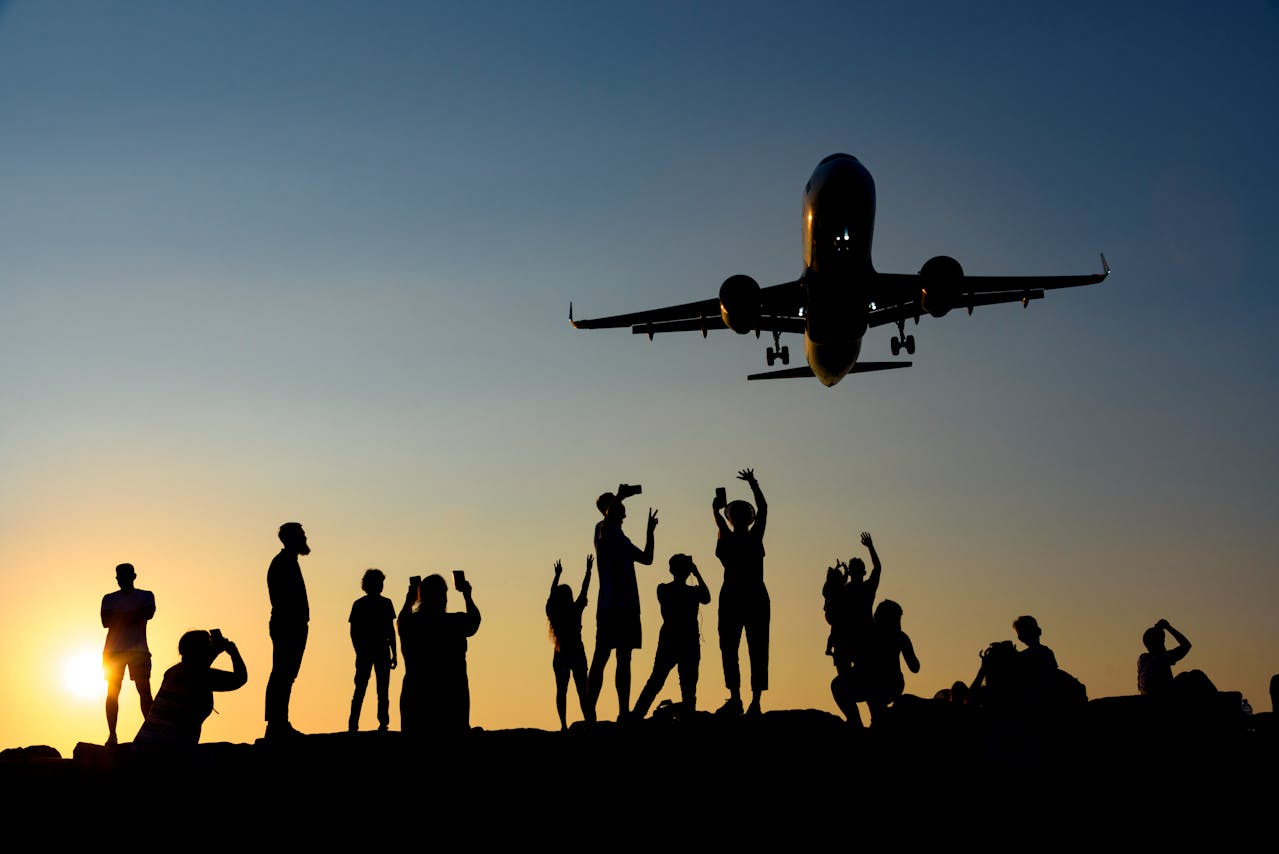
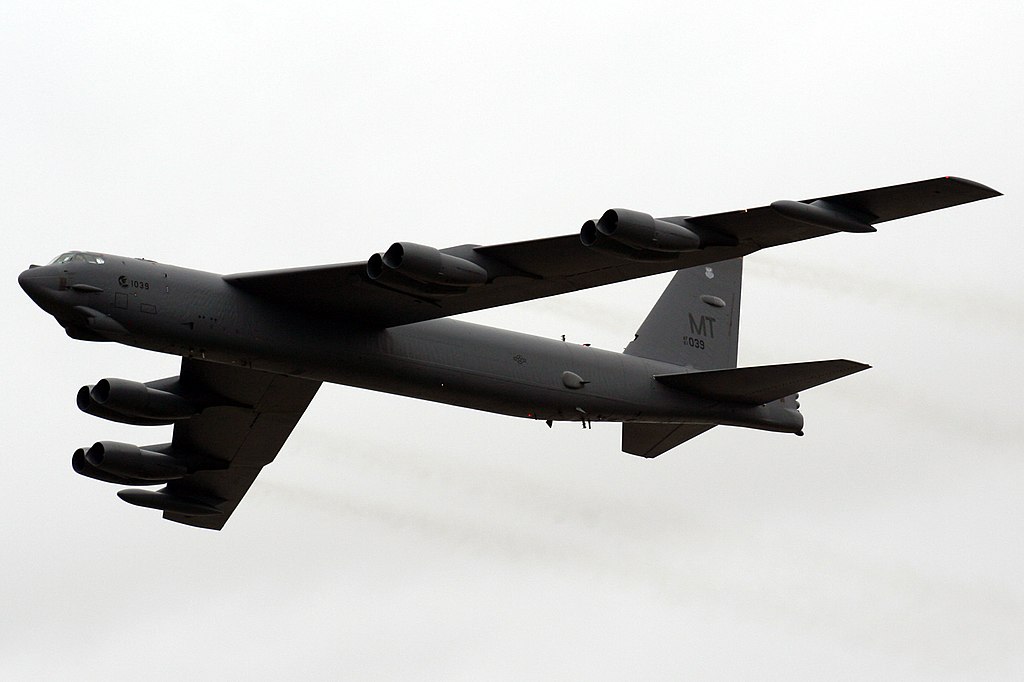
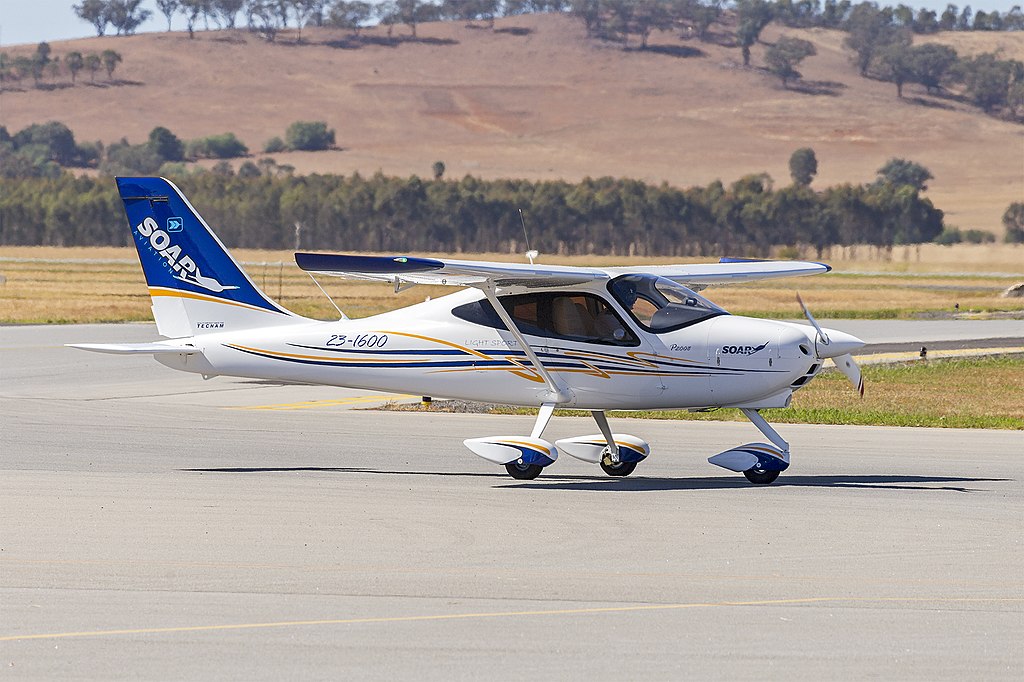
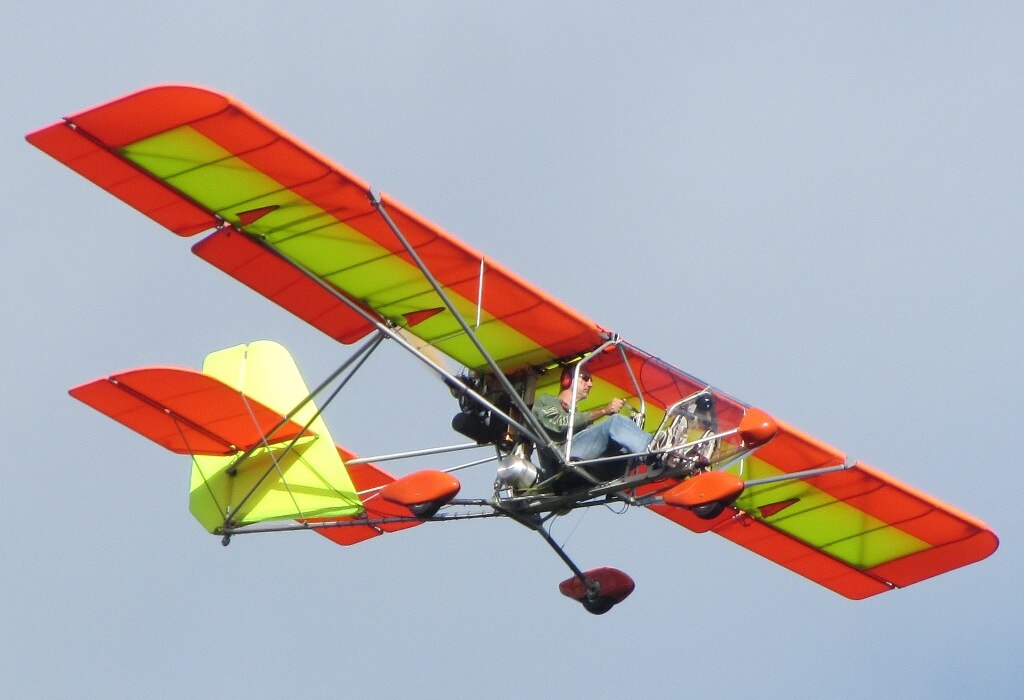
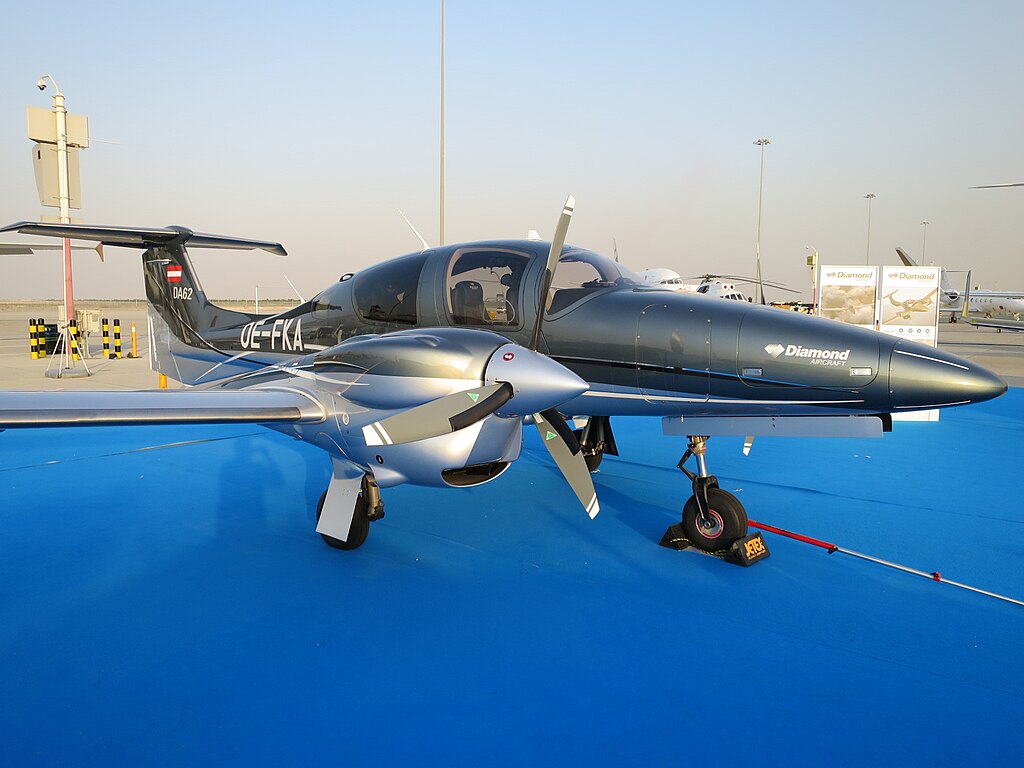
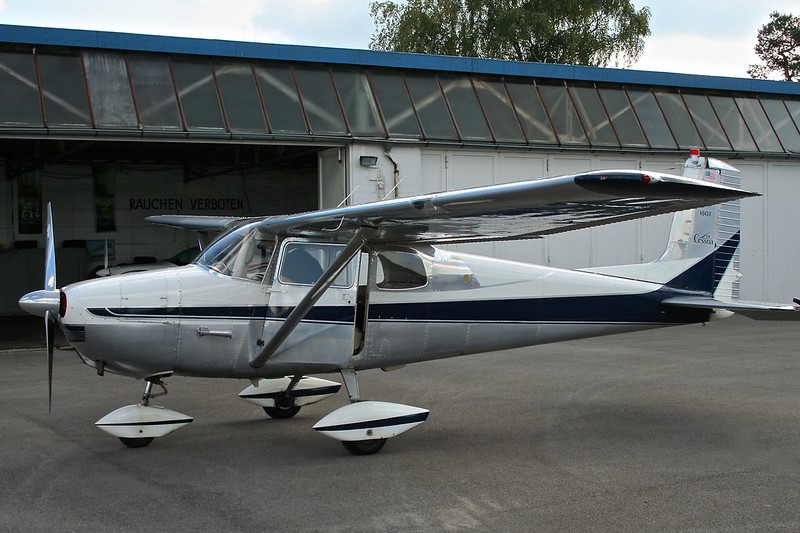
Published: August 3, 2025
Flying across the country in your own airplane is one of the great joys of aviation. Long trips let you see wide landscapes, visit faraway cities, and carry friends or family along the way.
Did you know that back in 1958 a Cessna 172 stayed in the air for more than 64 days straight, thanks to mid-air refueling? That record still stands today and shows how remarkable these planes can be when it comes to endurance.
But not every aircraft is built for this kind of travel. Some planes have the speed, range, and comfort to make hours in the sky enjoyable. Others shine because of their safety systems or fuel efficiency.
When you start looking at the best personal aircraft for cross country flights, you find many choices—each with its own strengths. From the classic Cessna 172 to a Beechcraft Bonanza, every model has features that can make a big difference for a pilot.
Before we get into the list, let’s first understand what cross-country flying means, what makes a plane good at it, and the main types of planes you can pick.
Cross-country flying is a term that describes trips much longer than local flights. For most private pilots in general aviation, a cross-country trip means traveling at least 50 nautical miles from your home airport. But in everyday flying, many people use the term to talk about trips of several hundred miles or more. These trips often take you across states, over mountains, and sometimes across the whole country.
A long trip in an airplane brings special challenges. You have to think about cruise speed, fuel burn, weather, and comfort. For example, a Cessna 182 can fly over 900 miles at a steady pace, while a smaller Cessna 172 has a shorter range and slower speed. The knot is the unit used to measure speed in the air. One knot is about 1.15 miles per hour. When you compare planes for cross-country flying, knowing the knots makes it easier to see how fast you’ll really move.
A good cross-country plane needs:
Famous aircraft like the Piper Comanche or Mooney are known for handling long trips well. Others, like the Cirrus SR22, add modern safety features such as a built-in parachute system. These details matter because spending hours in the sky is very different from a quick hop around town.
Cross-country flying also makes cost clear. Planes come in a wide price range, from affordable personal aircraft like a Cessna 206 to more high-performance models like the Cirrus or Beechcraft Bonanza. Each choice depends on how far you plan to go, how fast you want to get there, and how much payload you need to bring along.
When picking a plane for long trips, you need to think about what makes the ride smooth and safe. Speed and range are the first details to look at. A high-performance plane like the Mooney can climb fast and cruise at well over 200 knots. That saves time if you are crossing wide parts of the country. A steady cruiser like the Bonanza trades some speed for space and comfort, which many families enjoy more.
Comfort is another big piece. Sitting in a small cabin for hours can feel tight. A roomy airframe helps, especially if you are bringing passengers. Many best selling small planes include four seats, but some, like the Cessna 206, carry more people or heavier payload. A plane with good seats, space for bags, and easy entry makes the trip better for everyone.
Safety features add peace of mind. Planes like the Cirrus SR22 are famous for having a built-in whole-plane parachute. Modern avionics give pilots tools such as moving maps, autopilot, and weather radar. These tools help a pilot manage longer flights with less stress.
Fuel use is also key. A piston engine plane like a 172 is cheaper to run, but it may be slow. Adding a turbo engine can help a smaller plane fly higher and faster. Turboprops, such as the Piper M600, burn more fuel but cover long distances quickly. Each design choice affects the price range of the plane and the cost of owning it.
So, what makes a good cross-country airplane? In short:
A strong plane for cross-country flying mixes all these features in balance. Some planes focus on speed. Others focus on safety or comfort. The best choice depends on what you value most.
Picking the right type of plane makes a big difference. Each type—piston, turboprop, or jet—has its own strengths. Let’s look at them one by one.
Piston Planes
Turboprops
Jets
When you compare, think about what matters most to you. If you want a pilot-friendly plane at a fair cost, a piston model like the 172 may be best. If you want to move quickly and cover serious distance, a turboprop or light jet could be worth the higher price.
Each type is designed with a certain mission in mind, and that mission should match the way you plan to fly.
Cross-country flying means you need a plane that is safe, comfortable, and able to go the distance. The right airplane should make long trips smoother, give you enough range, and keep fuel costs in check. Below are 13 of the best aircraft that many pilots choose for long trips.
Each one has strengths that make it a strong aircraft for cross-country flying.
The Cessna 172 is the most built plane in the world and has been a training favorite since the 1950s. Its steady handling makes it excellent for new pilots, but it can still be used for short cross-country hops.
While not fast, it’s dependable and easy to maintain. For someone purchasing an aircraft for the first time, this is a gentle and forgiving start.
The 182 is a step up from the 172 with more horsepower and better load capacity. It’s often described as a family hauler because of its wider cabin and ability to carry four adults plus baggage.
It’s also a strong option for backcountry strips thanks to its high wing and sturdy gear. That versatility makes it a steady performer in general aviation.
The Turbo Stationair HD (formerly 206) is a heavy lifter. Its six seats, strong cargo doors, and turbocharged engine give it a unique place as a working and family travel plane.
It’s often called the SUV of the skies because of its ability to haul bulky items while still being a solid cross-country machine.
The Beechcraft Bonanza has been in continuous production since 1947, earning a reputation for reliability and quality. The G36 version comes with Garmin G1000 NXi avionics, giving it a modern feel.
The Bonanza is also respected for smooth control response and strong build quality, making it one of the best long-distance piston planes.
The Cirrus SR22 is widely considered the most successful modern piston aircraft. It combines speed, comfort, and the famous Cirrus Airframe Parachute System (CAPS).
It’s also one of the most common step-up aircraft for pilots moving on from trainers like the 172 or Diamond DA40.
The Cirrus SR22T adds a turbocharged engine, giving it better performance at altitude and faster cruise. It also carries advanced safety tech like flight envelope protection and modern glass avionics.
It’s one of the most sought-after popular personal aircraft for long-distance trips today.
The Piper M350 is a pressurized, six-seat piston aircraft. Pressurization means you can fly at higher altitudes without oxygen masks, making it more comfortable for passengers on long trips.
The M350 combines affordability compared to turboprops with luxury features often found in larger business planes.
The Diamond DA40 is a light composite plane known for excellent handling and visibility. It’s also fuel-efficient, with a strong reputation for safety.
It’s one of the best “first step” cross-country planes for those who want something modern and affordable to operate.
The DA62 is a sleek twin-engine model that runs on Jet-A, making it popular worldwide. It has a roomy cabin, low noise levels, and a stylish look.
It’s ideal for small business operators or family owners who value both capacity and fuel economy.
The Mooney brand is all about speed. The Acclaim Ultra is one of the fastest single-engine piston planes on the market.
It does have a tighter cabin compared to others, but its performance makes it stand out as one of the best aircraft in its class.
The Piper M600 SLS is a luxury turboprop with strong safety systems. It comes with Garmin’s autoland, making it one of the safest planes in its category.
This plane shows what happens when purchasing an aircraft that bridges personal travel with business-class comfort.
The TBM 960 is among the fastest turboprops in production. It offers a blend of speed, comfort, and economy that rivals light jets.
It’s a prime example of a high-performance aircraft that sets the bar high for personal turboprops.
The Vision Jet is a personal jet that keeps things simple for private owners. It includes the CAPS parachute, autoland, and advanced cockpit automation.
It’s one of the most accessible personal jets on the market, showing how far choosing a personal aircraft has come for everyday private pilots.
Long flights in a personal plane bring freedom, adventure, and challenge. The right aircraft balances speed, range, comfort, and safety. From a steady Cessna 182 to a sleek Cirrus SR22, each model offers something valuable for cross-country flying. The key is to match your needs with the strengths of the airplane. If you take the time to learn about each type, you will enjoy every mile you travel.
Each of these popular personal aircraft has features that make it well-suited for long trips. Some shine for efficiency. Others, focus on technology and safety. And planes like the TBM 960 prove what’s possible in speed and range.
When choosing a personal aircraft, think about your mission, budget, and skill level. Do you need space for family? Do you want speed? Or do you value fuel savings? With the right balance, your plane becomes the perfect companion for safe and enjoyable travel.
Curious to learn more about choosing the best planes for your travel goals? Visit Flying411 for more insights and tips.
Most small planes fly 500–1,200 miles on one tank, depending on fuel size, speed, and weight carried.
No. A private pilot license lets you fly long trips, but you need training for advanced aircraft types.
High-performance models like the Mooney or Cirrus can reach speeds above 200 knots.
Yes. Many used models like the Cessna 182 or Bonanza offer strong range and reliability.
The Cessna 172 and Cessna 182 are popular and cost-friendly options for steady cross-country flying.